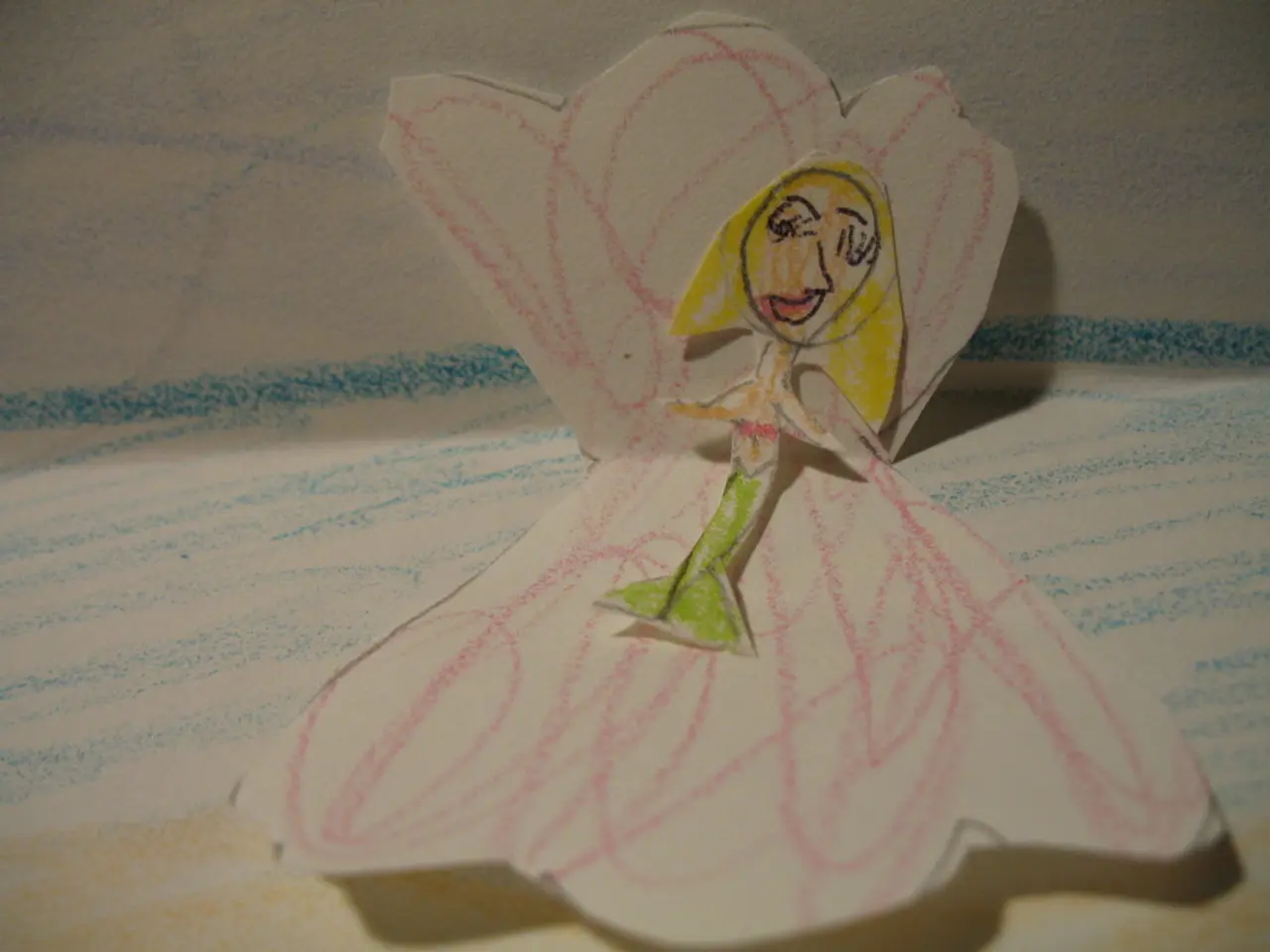Strategies to Integrate Art in Education Discussions for Cultivating Learning Communities
Art ain't just a fancy paintbrush waved around – it transforms those old dull concepts into livelier, real-life experiences. When you bring that creativity into the classroom, you're tapping right into your students' natural curiosity and offering them multiple ways to soak up complex ideas. Whether you're talking about history, science, or even math, art serves as a universal language that breaks down walls, making education more accessible and fun.
Now let's get to those five practical strategies that'll help you spice up your classroom discussions and engage your students more deeply.
Visual Storytelling for Better Historical Understanding
Art ain't just pretty pictures, it makes history exciting and easier to understand!
Use visuals to tell compelling historical narratives. Students' minds will pop when they see, touch, and grasp difficult concepts through artistic approaches. Timeline murals, political cartoons, and interactive museum exhibits will make history come alive for learners of all ages.
Creating Timeline Murals
Turn your classroom walls into history journeys! Students collaborate and work together to research, sketch, and paint significant events like the American Revolution or World War II on large paper or canvas sections. The result? Lively discussions on cause-and-effect relationships and a better understanding of chronological thinking.
Getting Political with Cartoons
Political cartoons offer powerful entry points to complex social issues and historical perspectives. By examining cartoons from different eras, students can analyze symbolism, bias, and historical context. Then, they can create their own cartoons on historically significant events and explore multiple viewpoints on controversial topics.
Let's Get Hands-On with Museum Exhibits
These interactive exhibits bring history to life by letting students create their own displays based on specific historical periods. As curators and visitors, they'll deepen their learning with research skills, public speaking confidence, and collaborative learning through teaching experiences.
Bridging the Gap with Cross-Cultural Art Projects
Art acts as a bridge, transcending language barriers and building connections among students from different cultural backgrounds. These collaborative projects generate meaningful conversations about diversity and empathy.
Swapping Artwork Internationally
Connect your classroom with schools across the globe via digital art exchanges. Students create artwork representing their community's values and share it with international peers. This direct cultural exchange fosters deep discussions about similarities, differences, and global friendships.
Exploring Indigenous Art Forms
Check out traditional art techniques from indigenous communities to appreciate their historical significance and contemporary relevance. Students research specific tribes or indigenous groups, learning about artistic methods, materials, and symbolic meanings. In doing so, they develop a greater appreciation for cultural diversity and challenge stereotypes.
Multicultural Festivals: Join the Fun
Organize school-wide festivals allowing students to recreate art forms from various cultures through hands-on workshops. Celebrate global traditions and watch discussions blossom about immigration patterns, cultural adaptation, and the universal human need for creative expression.
Collaborative Art Creation to Build Community Connections
Collaborative art projects transform individual creativity into shared, memorable experiences. When students work together on art, they naturally discuss their thoughts and ideas, leading to enlightening educational conversations.
Painting School-Wide Murals Addressing Social Issues
Create vibrant visual statements tackling important social issues like the environment or social justice. Students collaborate to research, design, and paint murals, sparking conversations about compromise, representation, and community problem-solving.
Sharing the Experience with Intergenerational Workshops
Invite grandparents, local artists, veterans, or other community members to your classroom to share traditional art techniques. Students learn from their experiences, discuss cultural perspectives, and showcase their artistic creations. Connect classroom learning with real-world community connections.
Peer-to-Peer Art Mentoring
Establish partnerships between older and younger students, promoting the exchange of ideas and mutual growth. These relationships foster communication, patience, and trust, leading to constructive feedback and creative risk-taking.
Healing Through Art Therapy Techniques
Art therapy offers powerful tools for educators to help students process complex emotions and difficult subject matter. These methods create psychologically safe environments where students can explore their feelings creatively without verbal confrontation.
Expressing Emotions Through Drawing
Provide students with a safe space to express their feelings through drawings prompted by sensitive topics. By allowing students to create without judgment, you facilitate emotional processing and trust within the classroom community.
Harnessing the Power of Clay and Sculpture
Working with clay provides a unique therapeutic outlet, allowing students to physically manipulate and externalize their feelings through kneading, shaping, and transforming raw materials. Introduce sculpture activities when discussing challenging topics like trauma, identity, or social change.
Journaling and Visual Reflection
Combine written journaling with visual art to help students explore complex subject matter from multiple creative perspectives. This dual-processing approach encourages emotional expression, improves formal writing skills, and creates a tangible record documenting students' learning journey.
Embracing Digital Art Platforms
Digital art tools transform the way students exhibit their creative work and engage with educational content.These tech-savvy strategies empower students with essential 21st-century skills.
Building Virtual Gallery Spaces
Create online galleries showcasing student exhibitions, enabling parents and community members to engage with student work beyond classroom walls. These virtual spaces foster ongoing discussions about artistic growth and academic understanding.
Crafting Interactive Art Apps
Leverage apps like Procreate or Adobe Fresco to blend traditional techniques with digital innovation. Students can record their artistic process and collaborate, fostering constructive feedback and developing technical and communication skills.
Launching Social Media Art Campaigns
Connect your classroom with global educational communities using hashtags and social media platforms. Students share artwork connected to curriculum objectives and dialogues about artistic growth and creativity transcend classroom walls.
In the realm of education-and-self-development, collaborative art projects serve as a powerful tool for boosting public speaking skills. As students work together on art, they engage in discussions about their thoughts and ideas, honing their communication skills and fostering a deeper understanding of the subject matter.
Art therapy techniques, welcomed within educational spaces, provide effective methods for students to process complex emotions and difficult subject matter. Through art, students can creatively express themselves in psychologically safe environments, promoting emotional processing and trust within the classroom community.








